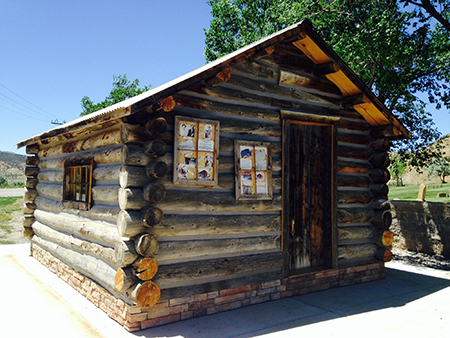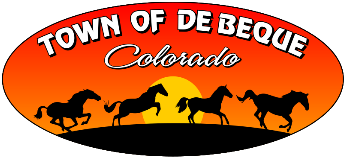History
 De Beque has been home to humans for thousands of years. The early Native Americans, the Ute Indians, used the rolling hills as important hunting grounds. After the colonization of white settlers in 1880, the native Indians were moved to the White River Uintah reservations.
De Beque has been home to humans for thousands of years. The early Native Americans, the Ute Indians, used the rolling hills as important hunting grounds. After the colonization of white settlers in 1880, the native Indians were moved to the White River Uintah reservations.
In the spring of 1884, Dr. W.A.E. De Beque and three companions, searching for a suitable place to form a ranch, explored the hills surrounding what is now the Town of De Beque. Others followed quickly, and by 1890 there were 31 ranches in the area.
Historically a location where wild horses, prevalent in the surrounding lands, were rounded up and sold, the Town‚ Board of Trustees designated De Beque as the only Wild Horse Sanctuary City in the West in August of 2001.
The town now undertakes projects in cooperation with the Bureau of Land Management, as well as private organizations, to protect the remaining wild horses and burros in the area. Measures include the construction of a public corral for the care of injured and sick mustangs and burros awaiting adoption.

